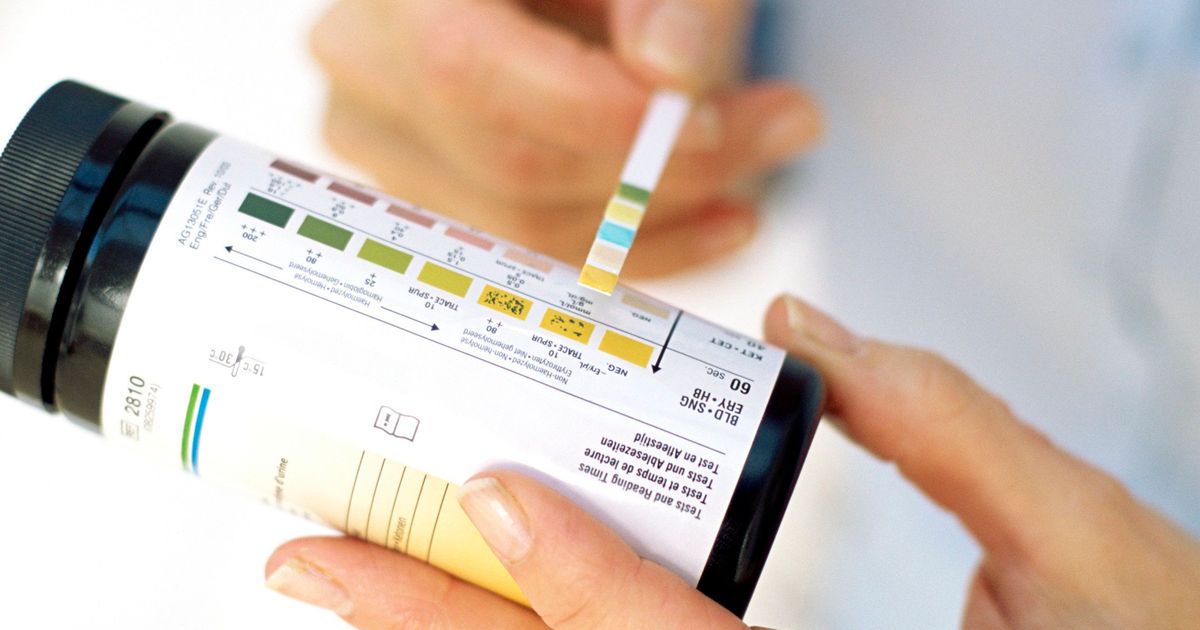Causes Of Metabolic Acidosis
When most individuals think of acid, they probably envision painful burning and discomfort. However, acid can do a lot of good for our bodies. Take amino acids, the 'building blocks' of protein, or stomach acid, which breaks down food and helps the body digest more easily. But when the body produces too much acid, a condition known as metabolic acidosis occurs. Metabolic acidosis refers to a build-up of acid in the body that disrupts the natural pH balance and causes painful symptoms. Here are details on the main causes of metabolic acidosis, including brief tips on treatment options available to patients.
Lactic Acidosis

The most common cause of lactic acidosis is intense exercise. When individuals perform a rigorous physical activity like running, their body produces an acid called lactate. Typically, the body breaks down glucose for oxygen during exercise, but when there isn't enough, lactic acid is produced. A build-up of lactic acid in the bloodstream will result in lactic acidosis.
There are other less-common but serious potential causes such as renal failure, liver problems, certain types of cancer, and heart disease. A fruity scent on the breath, jaundice, and rapid breathing may indicate a medical emergency. Individuals who suspect they might have a lactate build-up should seek help right away. Without treatment, this type of acidosis can be life-threatening.
Keep reading for more information on what can cause metabolic acidosis now.
Ketoacidosis

Individuals with diabetes must stay on top of their blood sugar levels. Failure to treat diabetes can result in many life-threatening conditions like ketoacidosis and metabolic acidosis. Blood acids called ketones accumulate in the bloodstream when the body can't make enough insulin. Insulin is produced by the pancreas, and its job is to help balance blood glucose.
Without enough insulin, the body begins to break down fats for fuel. This process produces ketones, and too many of them can lead to a life-threatening acidosis. Symptoms include excessive thirst and urination, nausea and vomiting, weakness, confusion, and a fruity smell on the breath.
Diabetes patients can check their ketone levels with a urine test at home to make sure they don't have a build-up. Frequently monitoring blood sugar is a strong preventative measure. Adjusting insulin levels as needed can help prevent ketoacidosis and metabolic acidosis, but if patients experience any acute symptoms, they should seek emergency care.
Reveal more on metabolic acidosis causes now.
